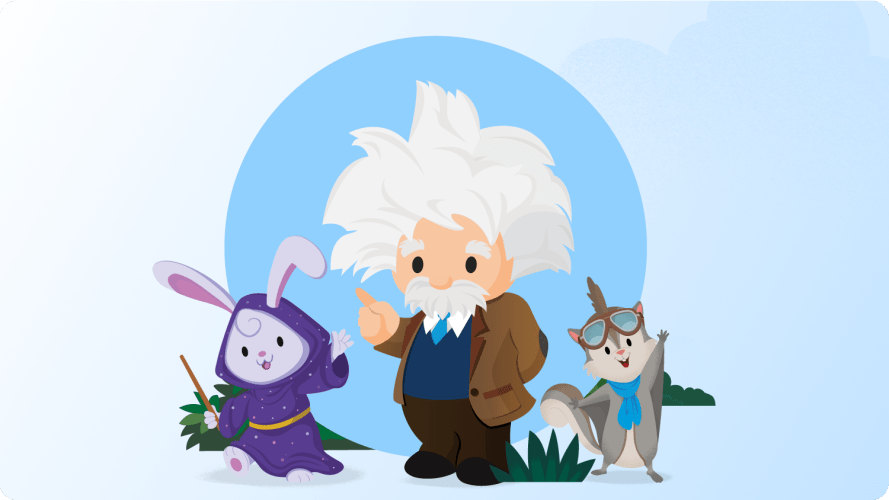The Key for Any Tech Business in 2023: Be Agile, Keep Your Customers First



In times of change, 88% of customers believe trust becomes more important. Here's how you can adapt in ways that keep them at the center of everything you do.

Mitch Shaw
If you’re a leader in the technology industry, you may feel like the ground has completely shifted beneath you. Years of eye-popping growth and hiring binges have given way to a new reality marked by smaller budgets and, for many, smaller teams. But for all that has changed, there is one constant: when you put your customer at the center of everything, you succeed.
You don’t need to sacrifice customer experiences to do more with less. To the contrary, becoming more efficient means you can focus your resources on those experiences. Many leading tech companies are doing just that.
The road map for success in 2023 and beyond is about adapting to economic uncertainty in ways that make you a true customer company. We’re seeing a broad shift among tech companies to these new strategies to not only survive but thrive:
- Keep trust first.
- Help your teams become more flexible and agile.
- Simplify your tech stack and unify your data.
- Use automation and AI to drive cost savings and efficiencies.
Here I’ll explain what I mean by each of these trends, and how you can think about each in the context of your business.
Keep trust first
At Salesforce, trust is our number one value. Customers trust our technology and infrastructure to perform, to be available, and to be secure. Your customers may trust you for other reasons unique to your business. Maybe it’s trust that you will maintain the privacy of their data, or your compliance with privacy regulations. Maybe it’s trust in your transparency with them.
Whatever it is you do to build trust, the key is keeping that value at the forefront of your approach to solving the unique challenges of 2023. That may be easy to overlook when you’re under pressure to cut costs without sacrificing revenue growth, but your customers will demand it.
According to our State of the Connected Customer report, 88% of customers believe trust actually becomes more important in times of change.
Our COO’s framework for success in today’s economy
Our COO explains how your business can get the most value from technology while moving fast and minimizing risk.



Help your teams become more flexible and agile
If you’re suddenly left with smaller teams, how do you get more out of the people you still have? You may need to ask them to take on new roles or different responsibilities than they’re used to.
Part of the answer is better employee upskilling, giving your teams the professional development they need to adapt in a rapidly changing environment. Part of it is giving them the digital tools and best practices that, particularly in a hybrid workplace, create an effective balance of flexibility and accountability.
Some of the biggest wins come from equipping your teams with technology that helps them succeed faster. Tech companies engaging in digital commerce, for example, can now access a flexible, headless commerce storefront that offers pre-packaged integrations, pricing, and implementation accelerators with best-of-breed partners. Composable Storefront can help tech companies set up and sell faster across their platforms while accelerating time to value and lowering the total cost of ownership.
Likewise, your service teams can resolve incidents faster with digital tools that enable automated incident response, interruption-free troubleshooting, and streamlined incident review. The result isn’t just faster case resolution for your customers – it’s productivity gains for your agents.
Simplify your tech stack and unify your data
Another key to becoming more efficient is simplifying your tech stack. One important way many tech companies are doing this is by consolidating vendors. The average business uses a whopping 976 applications. That creates a lot of inefficiencies, which is part of why we’re starting to see a shift in approach. According to our latest State of Sales report, 94% of sales organizations plan to consolidate their tech stack in the next 12 months.
Just as important as simplifying your tech stack is unifying your customer data streams. This will help you get more actionable, data-driven insights faster, so you can stay ahead of your competitors and ensure that your customers remain at the center of the tough decisions you face.
For instance, with Data Cloud, your business can analyze billions of data points stored and harmonized using Tableau, a visual analytics platform. You can use this to drive down data warehousing costs, increase speed to insight, and enable better decision making by bringing all your data and analytics together in one place.
Use automation and AI to drive cost savings and efficiencies
Even if you do all of the above, it’s nearly impossible to be as efficient as you can be in 2023 without taking full advantage of automation and AI. Doing so can free up your teams from menial tasks, giving them more time to focus on where they truly add value. And that’s a huge need for many businesses. According to our State of Sales report, 72% of sellers are spending time on “non-selling” activities.
Your teams can also make smarter decisions faster with AI. Revenue Intelligence for Technology, for instance, uses the power of Einstein AI to help your sellers make better, data-driven forecasting and pipeline management decisions so they can be more productive.
Only 33% of sales organizations say they’re currently using AI, but the highest sales performers are 1.9 times more likely than underperformers to use it.
Service contact centers are also smarter with AI. With Einstein Conversation Insights, agents can automatically identify customer pain points in real time to improve customer satisfaction scores and reduce churn.
Likewise, tech marketers can use Customer Data Platform (CDP) for Technology to create fully unified customer profiles. Through automation, you can quickly create precise audience segments and activate those audiences with highly personalized recommendations, content, and advertising.
Even at a challenging moment, the tech industry is still a place for innovation. By innovating in ways that help you do more with less, while staying true to the core values that your customers demand, you can find the right formula for your business to succeed now.



























